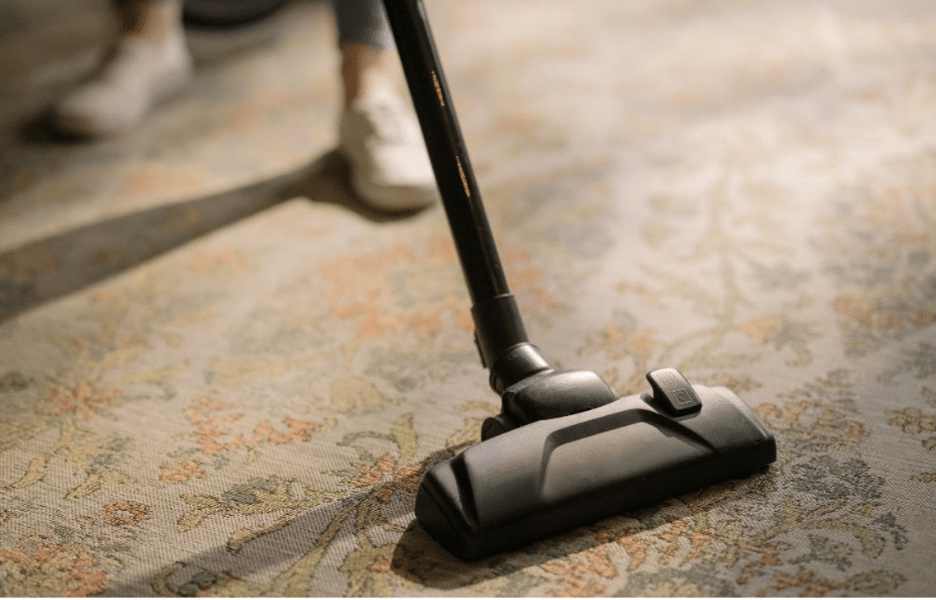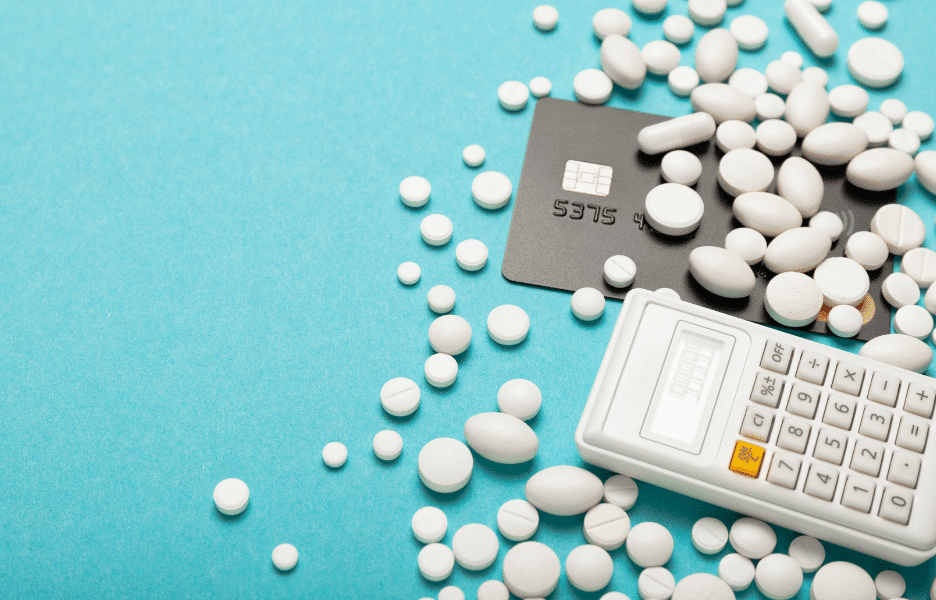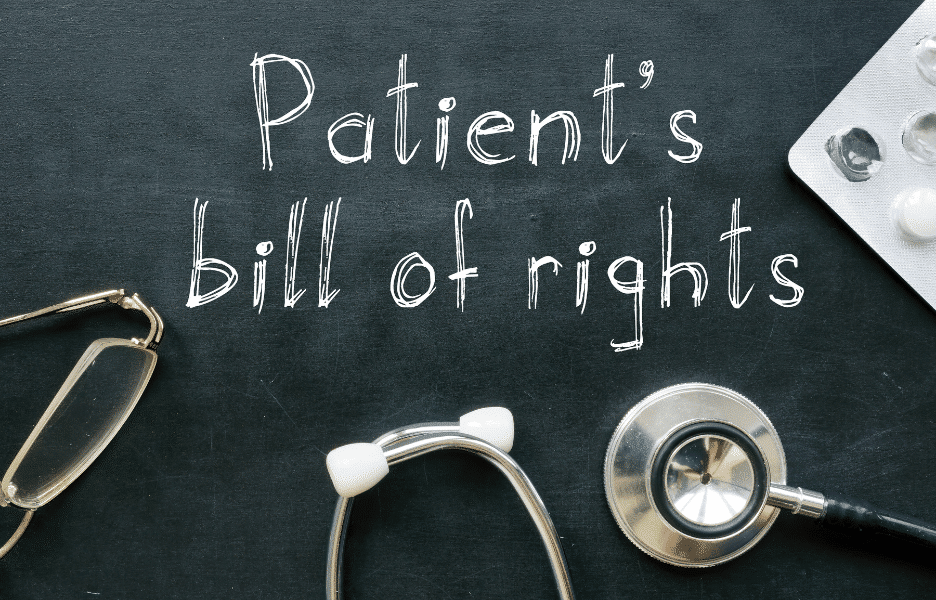The 4th Tuesday in March is reserved for the American Diabetes Association Alert Day. Created in 1986, the American Diabetes Association (ADA) attempts to educate the public on the seriousness of diabetes, preventative measures that can be taken, and encourages all to take a Risk Test. Diabetes affects an estimated 34.2 million Americans. There are two main types of diabetes. Type 1 diabetes, which means the body cannot make insulin. Most often, this begins in children and young adults, though older adults can develop this. Type 2 diabetes, however, primarily occur in older adults and is the most common type of the two and can lead to more serious health problems such as kidney disease and heart disease. Studies show there may be links between Type 2 diabetes and Alzheimer’s Disease as well.
Prediabetes also affects millions of older Americans. This occurs when glucose levels are above normal measures but not high enough to be labeled diabetes. People who are diagnosed with prediabetes have a greater chance of developing type 2 diabetes as well as a great chance of heart attacks and strokes. Roughly 88 million adults have prediabetes and 84% of them do not know it.
Symptoms Seniors May Experience with Type 2 Diabetes
It’s important for seniors to be aware of Type 2 diabetes indicators. It’s easy for them to dismiss the symptoms below as “getting old” but is crucial to realize these can be early signs of a more serious problem and notify your doctor immediately. Taking into consideration that nearly 1 in 5 adults living with diabetes are unaware that they have the disease.
- Constant feeling of being tired
- Urinating often
- Increased hunger or thirst
- Weight loss
- Blurry vision
- Slow healing from cuts and bruises
Preventing Type 2 Diabetes
It’s important to understand that Type 2 Diabetes is not preventable for everyone. BUT in the United States alone, 90% of diabetic cases can be avoided entirely and requires certain lifestyle changes. Many seniors may feel that it is too late to implement these changes to have a real impact within their lives due to their age, but that is simply not true. Below are changes that ANYONE can make to lower the risk of developing Type 2 diabetes.
- Eliminate sugar
- Become more active
- Drink water above any other beverage
- Maintain healthy weight
- Transition to a high fiber diet
- Consider natural herbs that increase insulin sensitivity such as curcumin and berberine
- Optimize your Vitamin D levels





